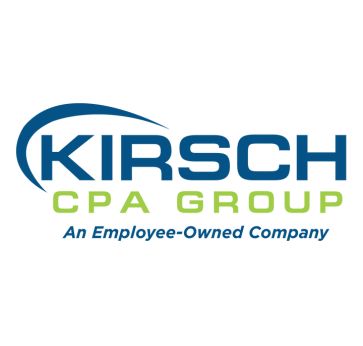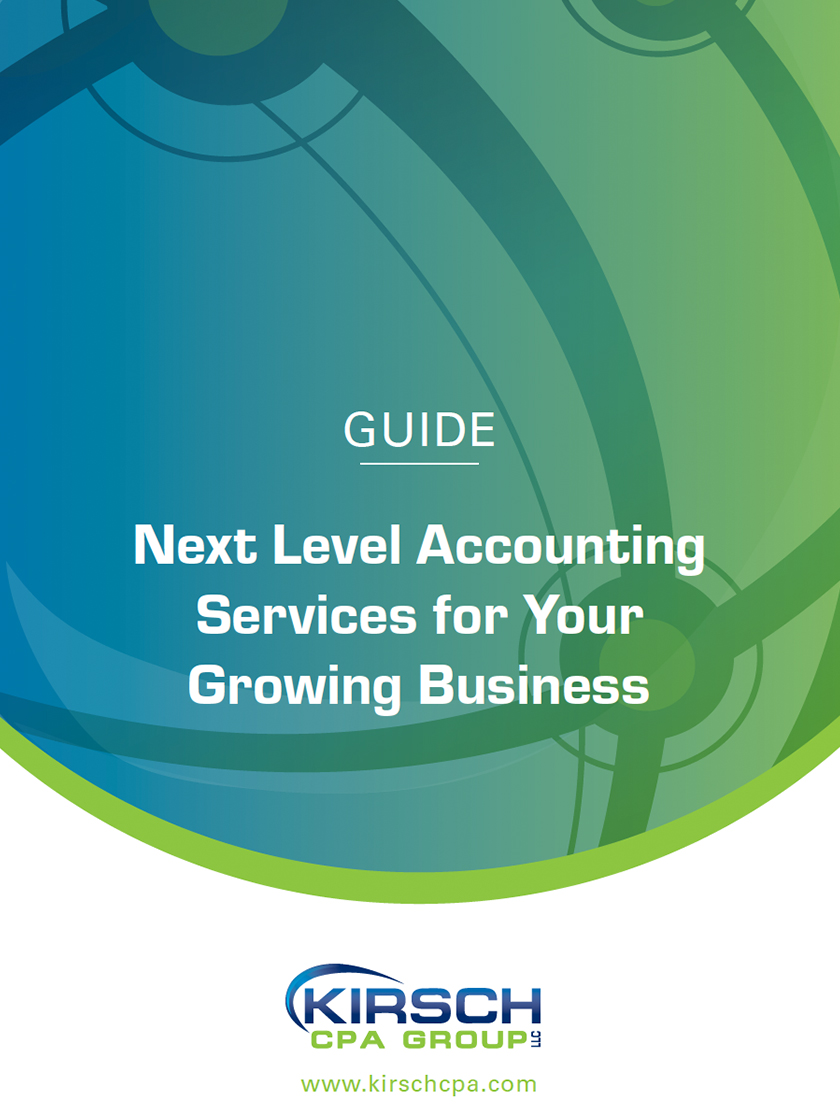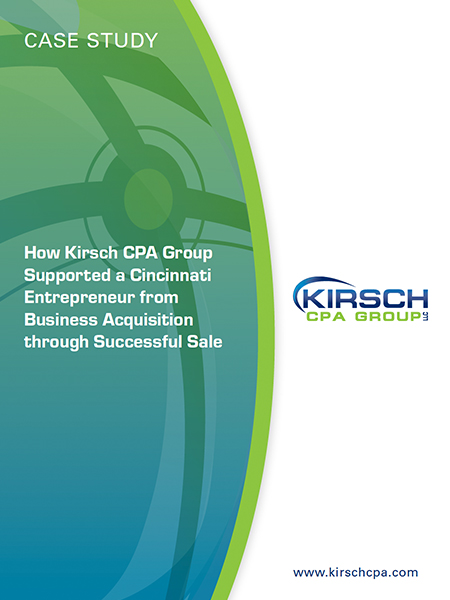What Does SECURE 2.0 Mean for 403(b) Plans?
Kirsch CPA Group
Feb 03, 2023

The SECURE Act 2.0, a follow-up to the SECURE Act of 2019, was enacted in the waning days of 2022. This new law introduces sweeping changes for qualified retirement plans, including 403(b) retirement savings plans typically offered by not-for-profit organizations to their employees. Here’s a look at how SECURE 2.0 affects 403(b) plans.
Tax-Smart Savings Opportunity
First, some basics: As with 401(k) plans, 403(b) plan contributions grow tax-deferred in participants’ accounts. Funds are taxed when participants make withdrawals — usually in retirement when they’re in a lower income tax bracket. Employee contributions are deducted from paychecks.
The 403(b)-contribution limit for 2023 is $22,500, and participants age 50 and older can make catch-up contributions of an additional $7,500. Also, participants who have been employed by the same nonprofit for more than 15 years may be eligible to kick in an extra $3,000 a year. Finally, employers may choose to contribute to their workers’ plans up to a total from all sources of $66,000 in 2023 ($73,500 for employees ages 50 and older).
Effective in 2023
SECURE 2.0 provisions impacting 403(b) plans aren’t all effective immediately. But the following are in force starting this year:
Required minimum distributions. Generally, 403(b) plan participants must start taking required minimum distributions (RMDs) after age 72. The first SECURE Act raised this threshold from 70½ and the new law bumps RMDs up to age 73, beginning in 2023. The age for RMDs will increase to 75 years in 2033. Also, the 50% penalty for failing to take timely RMDs will be lowered to 25% for tax years beginning after the date of enactment and reduced further to 10% if the account owner withdraws the missed amount and submits a corrected tax return.
Plan start-up credit. Previously, nonprofits with 100 or fewer employees could claim a tax credit equal to 50% of the cost of setting up a 403(b) plan (up to a maximum of $500) for three consecutive years. The first SECURE Act increased the dollar figure to $5,000. And beginning in 2023, organizations with 50 or fewer employees may qualify for a credit equal to 100% of the set-up cost, up to $1,000, phased out over five years.
Contribution incentives. The new law allows nonprofits to give employees small financial incentives — such as gift cards to restaurants — for contributing to 403(b) plans.
Collective investment trusts. Effectively immediately, the list of permitted investments in 403(b) custodial accounts is expanded to include collective investment trusts (CITs). However, the new law doesn’t include additional legislation required to facilitate CIT investments.
Multi-employer plans. Beginning with plan years after the date of enactment, most 403(b) plans are permitted to become part of multi-employer plans, including pooled employer plans.
Effective in 2024
Employers have almost a year before the following changes become effective:
Roth 403(b) accounts. Some nonprofits offer employees Roth 403(b) plans (generally in addition to traditional 403(b) plans). Beginning in 2024, employees with wages of $145,000 and greater must make catch-up contributions to a Roth 403(b) account. This figure will be indexed for inflation. Roth 403(b) contributions are made with after-tax dollars, but withdrawals are generally tax-free. One part of this provision is actually effective immediately: Employees may elect to use a Roth 403(b) for matching contributions.
Emergency savings accounts (ESAs). Starting in 2024, nonprofits may allow employees to tap ESAs linked to their 403(b) plans. Workers generally may withdraw up to 3% of their salaries (or a maximum of $2,500) from an ESA. Contributions to these accounts are made on an after-tax basis.
Student loan match. Effective in 2024, employers can elect to make matching contributions to employees’ 403(b) accounts based on their student loan obligations. This provision is intended to encourage workers to save for retirement even if they’re still paying off student loans.
Effective in 2025
Finally, the following provisions become effective starting in 2025:
Automatic enrollment. For new plans adopted after 2024, nonprofits must provide automatic enrollment. Employees can then choose to opt out if they don’t want to participate. Note that organizations with 10 or fewer employees or that have been in operation for less than three years aren’t required to meet this mandate.
Catch-up contributions. Employees who are age 60 to 63 can make larger catch-up contributions of $10,000 or 150% of the regular catch-up limit, whichever is greater. The base catch-up amount will be indexed annually for inflation.
Part-time worker participation. Under the first SECURE Act, part-time workers are eligible to participate in their employer’s 403(b) plan if they have 500 hours of service each year for three consecutive years. Starting in 2025, the eligibility requirement will fall from three years to two years.
Getting Your Arms Around the Act
As you can see, SECURE 2.0 is a wide-ranging, comprehensive law with many moving parts. Make sure your organization is adhering to the rules already in effect and is preparing for changes coming in 2024 and 2025. If you’re unsure about what one or more of these changes means for your nonprofit’s 403(b) plan, contact Kirsch CPA Group.
Contact us to learn more about 403(b) plans
© Copyright 2023. All rights reserved.
More Resources

About The Author
Kirsch CPA Group is a full service CPA and business advisory firm helping businesses and organizations with accounting,…
Sign Up for Email Updates
Tags
Accounting & Financial News

Tax Update: What the “One Big Beautiful Bill” Means for You
On July 5, President Trump signed the One Big Beautiful Bill Act (OBBB) into law—a sweeping tax…

Track These Key Metrics to Boost Your Transportation Profits
Successful companies don’t guess their way to profitability — they track it.
Key performance indicators (KPIs) offer logistics and…



